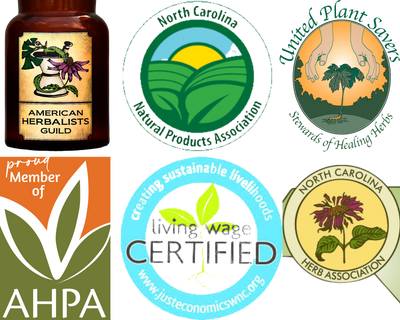Senecio: A Bright Yellow Cluster of Flowers Bring Spring
by Lee Warren
They are so early. They even arrive before the violets. And before little bud and tree leaf-outs. The only ones who hit spring harder are the dandelions–who by now, most of the way into March, have bloomed many times over.
Commonly known as golden ragwort or lifewort, ours in the Appalachians is the native perennial. They contain two entirely different kinds of leaves. A basal rosette of blunt and dark green leaves sits low to the ground and the stem contains narrow pinnate leaves.
They can appear on the edges of woods or in meadows in full sun – where I’ve seen them in colonies. The bright, yellow, daisy-like flowers appear from early spring to early-summer. The name Senecio (which again is no longer applicable) is from the Latin senex, which means “old man”, and referred to the white-haired seeds.
Golden ragwort has been known classically as a “female regulator”, and was used by Native Americans for childbirth and other female issues. Because this plant contains pyrrolizidine alkaloids, much like comfrey, it is said to be toxic to the liver when used in large doses. It is now used mostly externally, or in small doses internally.
Mostly I enjoy their beauty and the knowledge they they’ve been in the Southern Appalachians far longer than I have.







